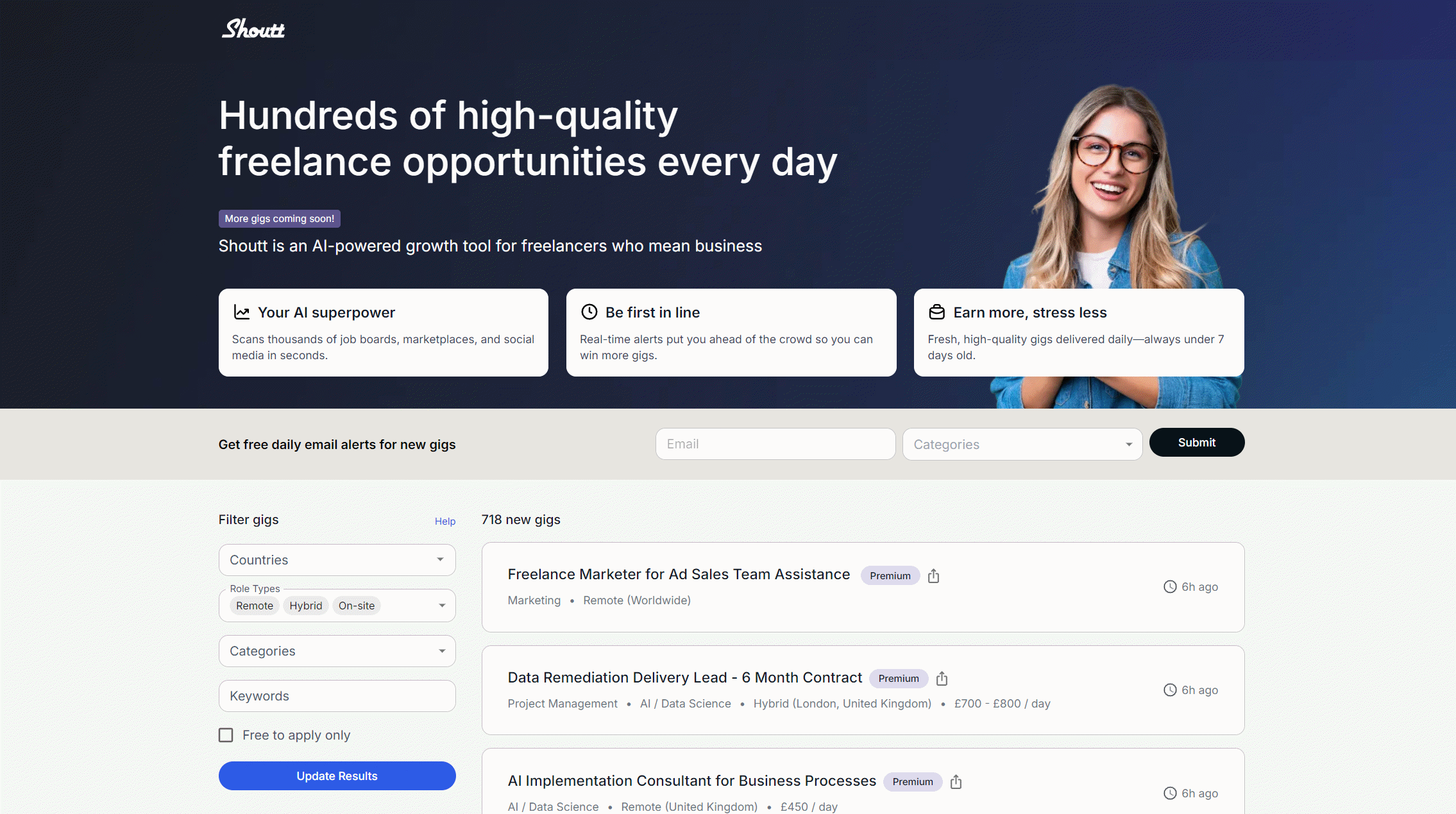Years ago, a friend handed me a battered paperback promising to change my life in 30 days. Spoiler alert: It didn’t. But, curiously, a five-minute meditation app did what that entire book couldn’t—turned my mental static into something approaching calm. Lately, I’ve been exploring how tools like The Calm Mind eBook not only make meditation accessible but also open up new ways to help others (and maybe make a buck or two). In this post, we’ll unravel the truth (and a few myths) of meditation’s power and look at the sometimes-overlooked opportunity of resell rights ebooks.
Myth-Busting: What Meditation Actually Delivers (and Doesn’t)
Let’s get real about meditation. The Calm Mind eBook promises life-changing results, but not in the way late-night infomercials hype “miracle cures.” Meditation isn’t a magic wand. It doesn’t erase stress overnight or turn you into a Zen master after a single session. But—here’s the kicker—research shows that the benefits of meditation are steady, reliable, and far richer than most people expect.
First, let’s bust the biggest myth: meditation is not about “emptying your mind.” That’s a recipe for frustration. Instead, it’s about focusing on self-improvement—learning to observe your thoughts, not banish them. The Calm Mind eBook puts this front and center, guiding readers through practical steps to cultivate a calm mind and a more fulfilling life. It’s not about perfection; it’s about progress.
Alpha and Theta Brainwaves: More Than Science Jargon
Ever heard someone talk about brainwaves and thought, “That sounds like science fiction”? Turns out, it’s very real. Studies cited in The Calm Mind and other meditation and brainwave studies show that regular meditation increases alpha and theta brainwaves. Why does this matter? These brainwaves are linked to relaxation, creativity, and genuine calm. When you meditate, you’re not just sitting quietly—you’re literally tuning your brain for peace and focus.
What Meditation Actually Changes in Your Brain
Here’s where things get fascinating. Research indicates that meditation can thicken grey matter in the prefrontal cortex—the part of your brain responsible for focus, creativity, and decision-making. That’s not just a feel-good claim; it’s a measurable change. Over time, this means improving focus through meditation isn’t just possible, it’s probable. Plus, meditation helps reduce anxiety and depression, making it a powerful tool for emotional balance.
Myth: You need hours every day to see results.
Fact: Even a few minutes daily can spark noticeable changes.
Myth: You have to be “good” at meditation.
Fact: There’s no such thing. It’s a practice, not a performance.
Myth: Meditation requires total stillness or silence.
Fact: Guided meditations, mindful walking, and even breathing exercises count.
From boosting creativity to enhancing emotional regulation, the meditation benefits go far beyond just feeling calm. As Deepak Chopra puts it:
‘Meditation is not a way of making your mind quiet. It's a way of entering into the quiet that's already there.’
So, if you’re skeptical about meditation, you’re not alone. But the science is clear: regular practice leads to a calmer mind, sharper focus, and a more resilient you. The Calm Mind eBook doesn’t promise the impossible—it delivers the real, research-backed perks of meditation, one mindful breath at a time.
Messy Beginnings: How to Start Meditation (Imperfectly)
Let’s be honest: most people don’t start their meditation journey sitting serenely on a mountaintop, eyes closed, mind perfectly still. More often, it’s a messy, fidgety, “am I doing this right?” kind of beginning. And that’s not just okay—it’s the best way to start. If you’re wondering how to start meditation without feeling like a fraud, you’re in the right place.
Forget about rigid routines or elaborate setups. Research shows that improvisation actually leads to better habits in the long run. The Calm Mind eBook, for example, encourages readers to ditch the idea that there’s a single “correct” way to meditate. Instead, it’s about finding what works for you—whether that’s a quick session before your morning coffee or a few mindful breaths during a busy workday.
Here’s a secret: Mindfulness practices aren’t about sitting cross-legged in silence (though, if that’s your thing, go for it). You can meditate at your desk, on a park bench, or even while waiting in line. The point is to be present, not perfect. As Sharon Salzberg famously said:
‘The best meditation is the one you actually do.’
So, what are some meditation basics that anyone can try—no matter how hectic life gets?
Try the ‘60-second reset’: Set a timer for one minute. Close your eyes, breathe in, breathe out. That’s it. You’ve meditated.
Counting breaths: Inhale, count “one.” Exhale, count “two.” Go up to ten, then start over. If you lose track, just begin again. No judgment.
Accountability hacks: Rope in a friend for a daily check-in, or share your progress with your pet (mine’s still unimpressed, but at least he listens). Sometimes, just knowing someone—or something—is “watching” helps you stick with it.
What’s refreshing about meditation exercises today is how customizable they are. Studies indicate that meditation techniques can be tailored to fit individual preferences and even the busiest lifestyles. The Calm Mind eBook guides readers from total beginner to confident meditator, offering step-by-step approaches and habit formation tips. It’s not about perfection; it’s about progress. Adding personal challenges or playful gimmicks—like meditating in different locations or trying new guided sessions—can break the monotony and keep things interesting.
Remember, mindfulness does not have a ‘one-size-fits-all’ formula. Your practice can be as unique as you are. Whether you’re skeptical, distractible, or simply overwhelmed, starting small and staying flexible is the real secret. Meditation is about meeting yourself where you are, not where you think you should be.
More Than Calm: Meditation for Anxiety, Productivity, and Everyday Wins
Let’s be honest—when most people hear “meditation,” they picture a monk on a mountain, not someone like you or me, hunched over a laptop, juggling deadlines and dodging anxiety. But here’s the twist: meditation for anxiety isn’t just about finding peace. It’s about unlocking a toolkit for everyday wins—calmer nerves, sharper focus, and even a creative spark when you need it most.
Taming Anxiety Where It Lives
Modern life throws plenty of curveballs, and anxiety is often lurking right behind them. Research shows that mindfulness meditations for anxiety are more than just a wellness trend—they’re a science-backed solution. Clinical studies confirm that regular mindfulness practice can reduce symptoms of anxiety and depression. The Calm Mind eBook dives into actionable steps, showing exactly how to use mindfulness to break the cycle of anxious thoughts.
Here’s why it works: Meditation actually changes your brain. Studies indicate it can decrease grey matter in the amygdala (the brain’s “alarm system” for stress) and build up the prefrontal cortex, which is responsible for focus and decision-making. That’s not just feel-good fluff—it’s measurable change, and it means you’re not just coping with anxiety, you’re rewiring your response to it.
Turning Productivity Slumps Into Brainwave-Boosting Breaks
Ever hit that afternoon wall where your brain feels like it’s running on fumes? You’re not alone. Meditation isn’t just for calming down; it’s a secret weapon for improving focus through meditation. By increasing alpha and theta brainwaves, meditation helps you slip into a state of relaxed alertness—perfect for tackling that to-do list with fresh energy.
Research shows that even short meditation breaks can boost concentration and productivity. The Calm Mind eBook lays out simple steps to integrate these brainwave-boosting breaks into your day, so you can bounce back from slumps instead of slogging through them.
Personal Anecdote: Meditatively Surviving an Endless Zoom Meeting
Picture this: another endless Zoom meeting, the kind where your attention span is hanging by a thread. Instead of zoning out, try a one-minute mindfulness meditation. Close your eyes, focus on your breath, and let the noise fade. Suddenly, you’re back—more present, less frazzled, and maybe even ready to contribute something brilliant. (Yes, it’s possible. I’ve done it.)
Surprising Bonus: Better Sleep and Creative Breakthroughs
Here’s the cherry on top: Meditation often helps with sleep and creative blocks. Studies show that regular practice is associated with improved sleep quality and mental clarity. Many users of The Calm Mind eBook report that mindfulness exercises not only quiet their minds at bedtime but also unlock new ideas when they’re stuck.
‘You should sit in meditation for 20 minutes a day, unless you’re too busy; then you should sit for an hour.’ – Dr. Sukhraj Dhillon
So, whether you’re battling anxiety, fighting off brain fog, or just looking for a little more peace, meditation delivers real, everyday wins. And with practical guides like The Calm Mind eBook, those benefits are more accessible than ever.
Digital Goldmine: Why Resell Rights eBooks Are a Win-Win
Let’s face it: in the world of self-help eBooks and digital ebooks, most people are looking for more than just a good read. They want something practical—something that can spark real change or, better yet, open up new opportunities. That’s where resell rights eBooks like The Calm Mind step in, blending personal growth with entrepreneurial potential in a way that’s hard to ignore.
For just $4.95, The Calm Mind eBook doesn’t just hand you insights on meditation and mindfulness. It hands you a business tool. With resell rights, you’re free to sell unlimited copies and keep 100% of the profits. That’s right—no royalties, no hidden fees, just a straightforward path to side income. This is the kind of resell rights eBook pricing that makes sense for anyone looking to dip a toe into digital entrepreneurship or expand their personal brand.
Here’s a quick story: A friend of mine, let’s call her Jess, was always passionate about meditation. She started sharing tips online, but it wasn’t until she discovered resell rights eBooks that things really took off. Jess bundled The Calm Mind with her own guided meditation audios, offered it as a bonus in her email newsletter, and even used it as a lead magnet to grow her list. In a few months, her meditation side hustle turned into a micro-business—one that not only brought in extra cash but also helped her audience find real value in mindfulness practices. That’s the magic of combining self-help eBooks for personal growth with smart digital marketing.
And the possibilities? Practically endless:
Package The Calm Mind with other wellness products for a themed bundle.
Offer it as a bonus in your next online course or coaching program.
Use it as a list-builder—everyone loves a freebie with real value (just remember, the license doesn’t allow you to give it away for free, but you can use it as a paid bonus or in a paid membership).
Customize the included sales letter and graphics to fit your brand—no design skills needed, since everything comes ready-made in a 55 MB zip file.
It’s important to note: while you get a ton of flexibility, the resell rights do have boundaries. You can’t alter the main content or give the eBook away for free, and you can’t pass on the resell rights themselves. But for most digital marketers and wellness entrepreneurs, these terms are more than fair.
‘Selling information is as old as books, but digital resell rights are the new entrepreneurial playground.’ – Tim Ferriss
Research shows that meditation isn’t just a trend—it’s a proven way to reduce stress, improve focus, and boost creativity. By leveraging digital ebooks like The Calm Mind, you’re not just sharing knowledge; you’re offering a pathway to transformation—both for your audience and your own business growth.
Wild Cards: Odd Meditation Techniques and Quirky Mindfulness Tips
Let’s be honest—when most people think of Meditation Techniques, they picture someone sitting cross-legged, eyes closed, in total silence. But what if meditation could be a little more… quirky? The Calm Mind eBook dives deep into unconventional Mindfulness Practices that make the journey to inner peace a lot more fun—and, as research shows, a lot more sustainable.
Take walking meditation, for example. You don’t have to be in a Zen garden to practice mindfulness. Try finding your center while navigating the grocery store aisle or strolling through a busy park. The act of focusing on each step, the rhythm of your breath, and the sensations around you can transform even the most mundane errands into a moving meditation. Suddenly, you’re not just buying milk—you’re practicing a powerful Meditation Exercise that can boost focus and lower stress.
Then there are the “hacks” that sound odd but work wonders. Ever snapped a rubber band on your wrist to bring yourself back to the present? Or set a meditation alarm to remind you to pause and breathe? Maybe you’ve tried mood-tracking doodles—quick sketches that capture your emotional state in the moment. These quirky tricks aren’t just gimmicks; they’re creative Mindfulness Practices that help anchor your attention and break up the monotony of daily routines.
And don’t underestimate the power of gratitude. Practicing gratitude daily isn’t just a feel-good trend—science says it actually shifts your brainwaves, increasing alpha and theta activity linked to calm and creativity. The Calm Mind eBook highlights how mixing gratitude journaling with meditation can amplify Meditation Benefits, making you more resilient and emotionally balanced.
Imagine if every commute—whether by car, train, or on foot—included three minutes of silent breathing. Not scrolling, not stressing, just breathing. It sounds simple, but this hypothetical could radically change your day. Studies indicate that even brief moments of mindful breathing can reduce anxiety, improve focus, and help you arrive at your destination with a clearer mind.
‘If you think you don’t have time for meditation, try meditating while you do something you don’t love—laundry, anyone?’ – Dan Harris
The beauty of these unconventional Meditation Techniques is that they fit seamlessly into real life. You don’t need a mountain retreat or hours of free time. As The Calm Mind points out, mixing movement, gratitude, and quirky mindfulness hacks keeps your practice fresh and enjoyable. That’s the secret: making Meditation Exercises so accessible and engaging that they become a natural part of your day.
In the end, meditation isn’t about perfection—it’s about progress. The Calm Mind eBook offers a playful, practical approach to mindfulness, proving that sometimes the oddest techniques are the ones that stick. So go ahead, find your zen in the cereal aisle. Your brain—and your mood—will thank you.



